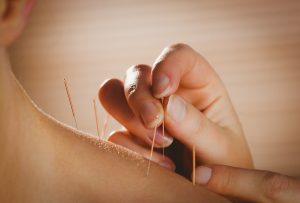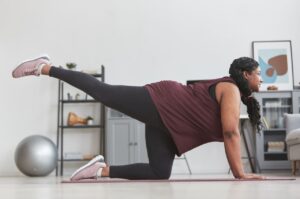
Preventive physiotherapy is about proactively strengthening your body to avoid injuries and maintain optimal movement health. By focusing on tissue resilience, joint stability, and efficient movement patterns, these techniques lay the foundation for a durable, active lifestyle.
In this article, we highlight five core physiotherapy methods—dynamic warm-ups, balance training, eccentric strengthening, soft-tissue mobilization, and movement re-education—that you can integrate into your routine to enhance longevity and keep your body performing at its best.
Why preventive physiotherapy matters for longevity
Injuries often occur due to weak or imbalanced muscles, poor joint mechanics, and unaddressed movement faults. Preventive physiotherapy identifies and corrects these factors before they escalate into chronic issues, ensuring your joints and tissues remain healthy and resilient over time.
Technique 1 – Dynamic warm-up mobility drills
Dynamic warm-up drills—such as leg swings, hip circles, and arm reaches—activate muscles, increase circulation, and enhance joint range of motion. Performing these controlled movements before exercise primes your neuromuscular system, reduces stiffness, and lowers injury risk.
Technique 2 – Balance and proprioception training
Balance exercises, like single-leg stands, tandem walking, and wobble-board drills, challenge your body’s ability to stabilize and react to changes in position. Improving proprioception not only prevents falls but also refines coordination and movement efficiency in daily activities and sports.
Technique 3 – Eccentric strengthening exercises
Eccentric loading—where muscles lengthen under tension—builds tendon strength and muscle control. Exercises such as slow-descend squats, eccentric heel drops, and Nordic hamstring curls stimulate collagen production and fortify connective tissues, making them more resistant to strain.
Technique 4 – Soft-tissue mobilization strategies
Soft-tissue mobilization, including foam rolling, myofascial release, and instrument-assisted techniques, helps break down adhesions, increase tissue extensibility, and improve blood flow. Regular soft-tissue work complements strengthening exercises by maintaining muscle flexibility and reducing soreness.
Technique 5 – Movement pattern re-education
Correcting faulty movement patterns—such as knee valgus during squats or asymmetrical gait—involves detailed assessment and targeted drills. Video analysis, cueing, and progressive drills teach your body to move efficiently, preventing compensations that can lead to overuse injuries.
Integrating these techniques into your routine
To maximize longevity benefits, create a balanced movement health program:
- Assessment: Start with a physiotherapy evaluation to identify individual weaknesses and movement faults.
- Warm-up: Incorporate dynamic mobility drills before any workout or active session.
- Skill training: Schedule dedicated balance and proprioception sessions 2–3 times per week.
- Strength work: Include eccentric exercises in your resistance training circuit.
- Recovery: Use soft-tissue mobilization daily or post-workout to support tissue health.
- Re-education: Periodically review movement patterns and adjust drills based on progress.
By systematically applying these techniques, you’ll build a robust, injury-resistant foundation and sustain an active lifestyle for years to come.














